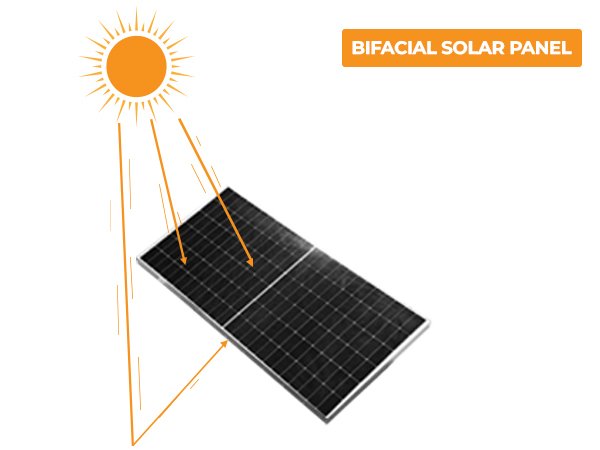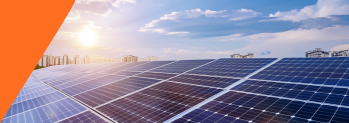As solar energy becomes increasingly popular, selecting the right solar panel is essential for optimising energy production and return on investment. Among the key options are monofacial and bifacial solar panels, each with unique features suited to different applications.
Monofacial vs bifacial solar panels differ in how they capture sunlight. Monofacial panels generate electricity from sunlight on their front side, making them a simple and cost-effective choice. Bifacial panels, however, can generate power from both sides, capturing reflected light for potentially higher energy output, making them ideal for maximising solar efficiency.
Key Differences Between Monofacial and Bifacial Solar Panels
Solar panels are one of the most important components when harnessing solar energy. While traditional panels have been around for a long time, newer innovations like bifacial panels have taken the market by storm.
Let us discuss the key differences between monofacial and bifacial solar panels to help you understand which one might be best for your needs.
Design:
Efficiency:
Energy Output:
Cost
Best Use Cases:
Installation Considerations:
Durability:
Different Environments:
Shade and Reflection:


Government Incentives and Discounts:
Future Trends
| Feature | Monofacial solar panel | Bifacial solar panel |
|---|---|---|
| Sunlight absorption | Front side only | Both front and rear sides |
| Efficiency | Standard efficiency, reliant on direct sunlight | Up to 30% higher efficiency by using reflected light |
| Energy output | Limited to direct sunlight | Increased output from rear side reflection |
| Design | Opaque backing | Transparent or semi transparent backing |
| Ideal use | Rooftops or non reflective areas | Open Spaces with reflective surfaces |
| Durability | Standard durability | More durable with glass back design |
| Cost | Lower upfront cost | Higher upfront cost but better long term ROI |
| Appearance | Traditional opaque panels | Sleek modern transparent design |
Conclusion
Monofacial panels are an excellent choice for those looking for a cost-effective, reliable solution with straightforward installation. They are particularly suited for environments where reflective surfaces are minimal, and space is limited. Bifacial panels are ideal for projects where maximising energy output is a priority, especially in areas with abundant reflected light. They are also well-suited for installations in open spaces where the rear side can capture additional sunlight. Whether you choose monofacial or bifacial panels, Alpex offers high-quality solar solutions tailored to meet your energy needs and maximise efficiency.




